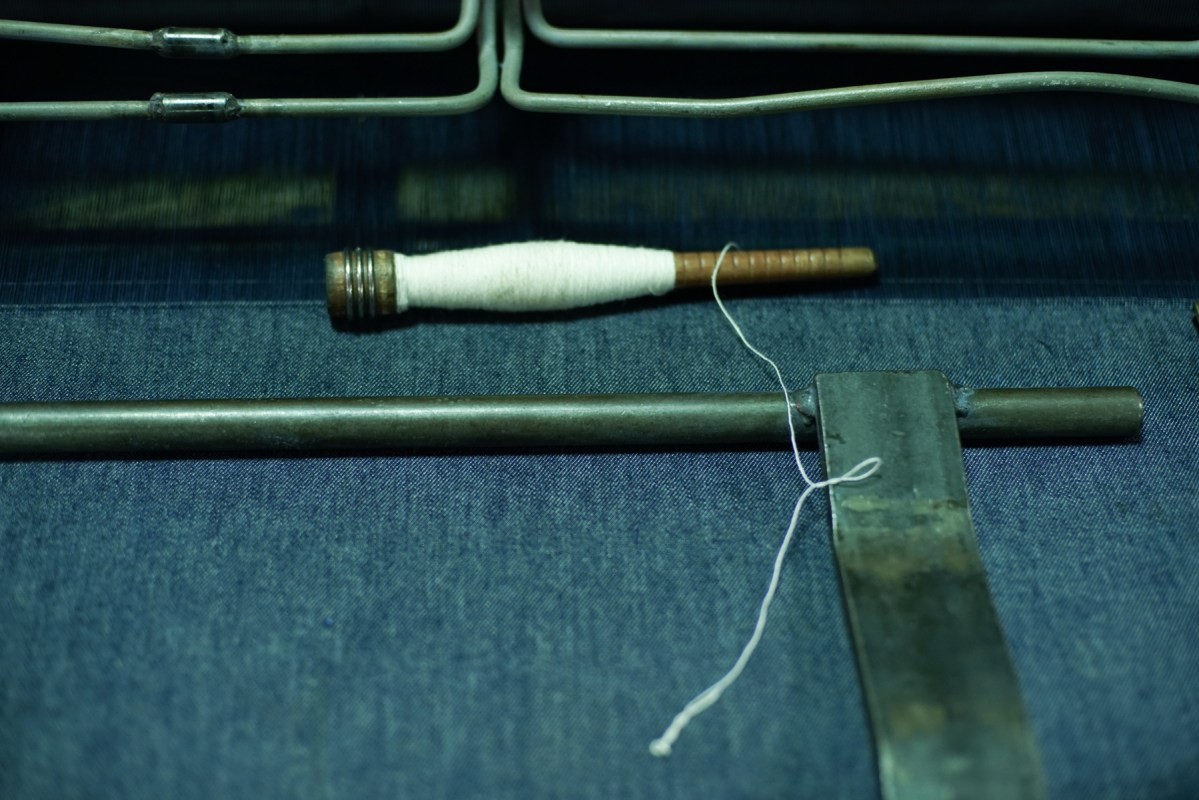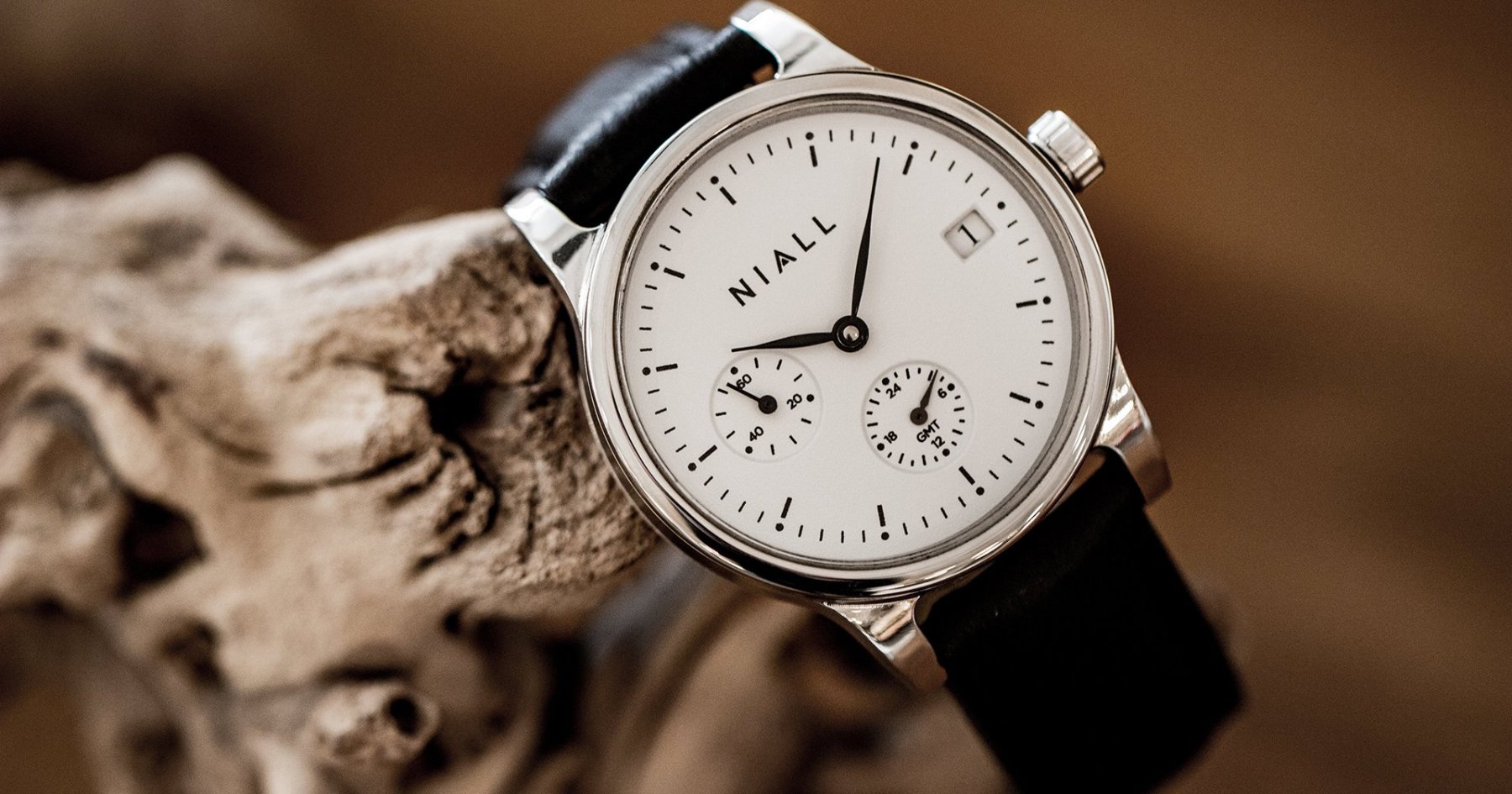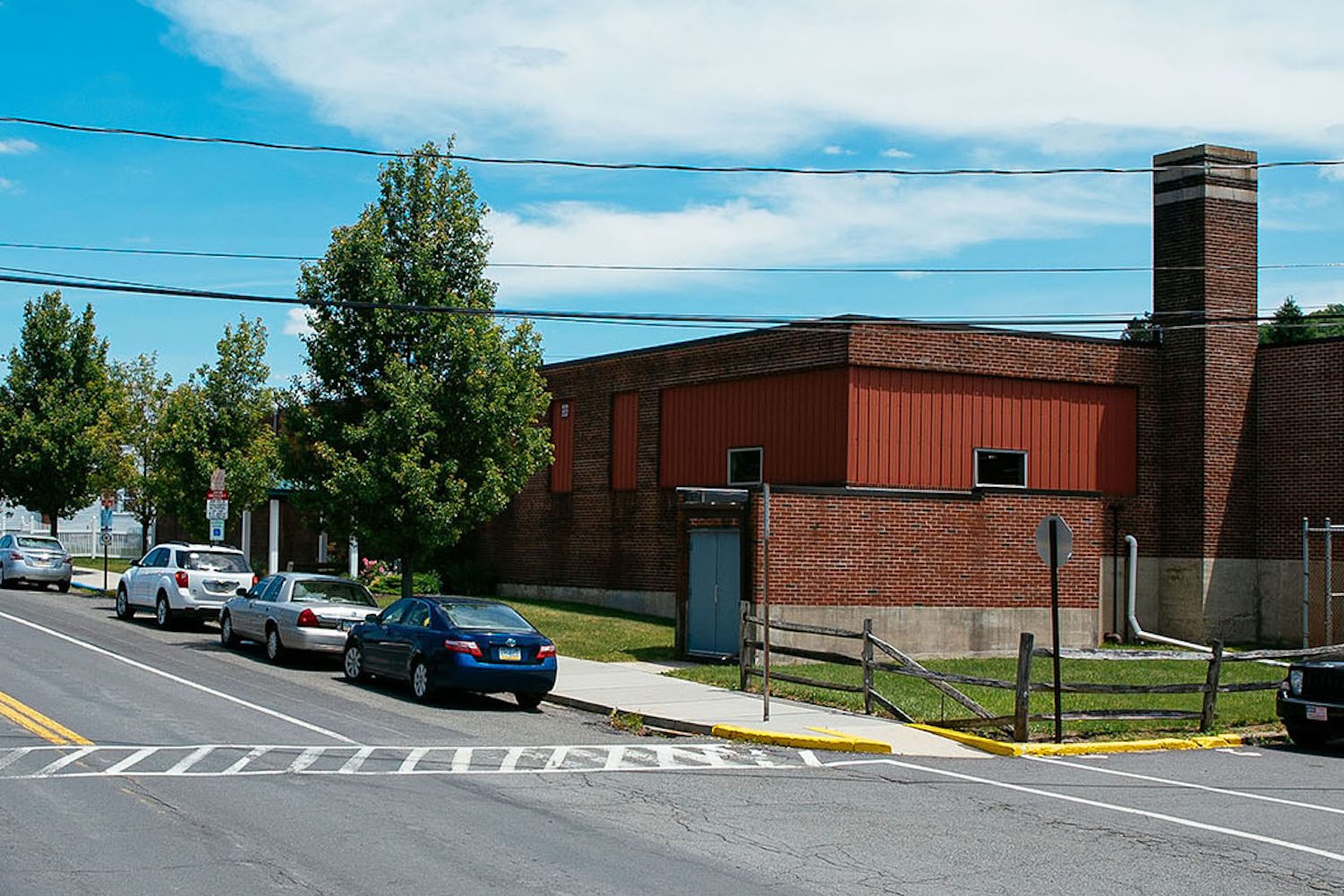An episode of the menswear podcast Blamo! from last December took an unusually somber turn when guests Michael Williams and Eric Goldstein discussed the closure of the Cone Mills White Oak plant in North Carolina two years prior.
“It was the original selvedge supplier in the United States, and it was the last selvedge supplier in the United States,” Goldstein said in the recording. “Nobody makes selvedge denim in the United States anymore.”
But Goldstein would soon be proven wrong — by himself. Today the industry veteran is the Executive Vice President of Denim at Louisiana’s Vidalia Mills, a former Fruit of the Loom distribution center turned textile mill where selvedge is being spun by the very machines mothballed by White Oak.
Goldstein stands uniquely qualified to lead the resurrection of American-milled selvedge denim: if you’ve worn jeans anytime in the last 30 years, chances are you wore something he helped bring to market.
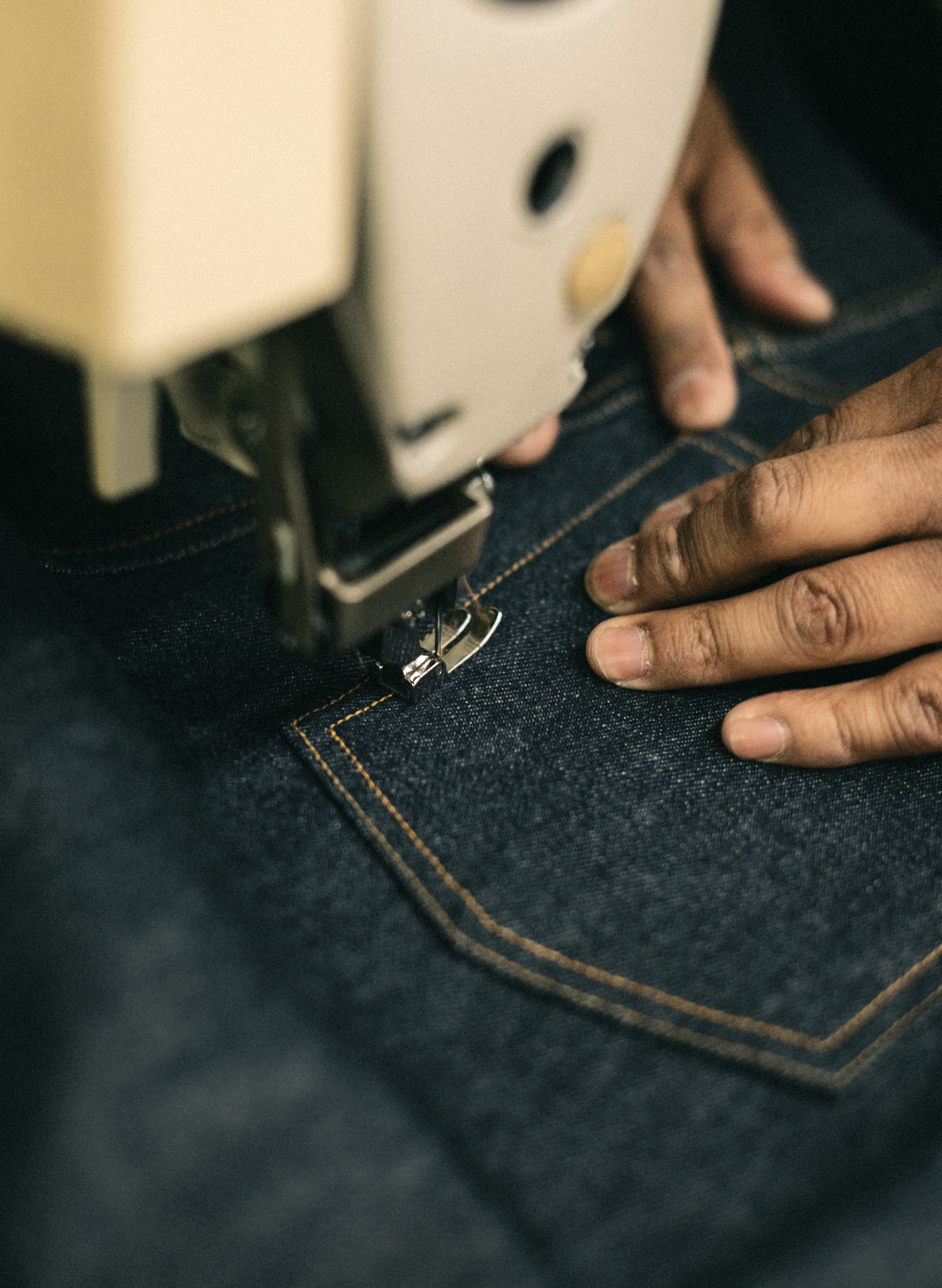
His career in denim began 32 years ago, when the then 23-year-old working in Polo Ralph Lauren quality control was tapped by Ralph himself to join the RRL launch team. Later, Mickey Drexler brought him to The Gap Inc., where Goldstein would remain for over a decade, launching jeans at Old Navy and founding The Gap’s 1969 denim line.
In 2003 he started his own business, Jean Shop, which sold American-made selvedge jeans in two New York City locations before the brand shuttered in 2019. Afterward, Goldstein continued to consult for brands, including Todd Snyder, and helped operate denimrepair.com, a business he co-founded with his wife Jill.
When Vidalia CEO Dan Feibus recruited Goldstein to the then-new mill in late 2019, he began an immediate quest to save White Oak’s Draper X3 selvedge looms. As a former White Oak customer and frequent factory visitor, Goldstein knew the value of these antique looms, some of which were 70 years old.
“It was always a dream of mine, [to] be involved in figuring out what to do with them and bring them back to life,” he tells InsideHook
Rumor had it that the looms had been dismantled ahead of White Oak’s demolition and were no longer available. But after working his industry contacts, Goldstein discovered that the looms were not only intact, but still in the plant. After convincing the building’s skeptical buyer of his industry bonafides, he flew to North Carolina to make the rescue in person.
“All of the looms were still there covered in plastic and I was just absolutely amazed,” Goldstein says. “It’s definitely one of the high points in my career and a big point in denim history.”
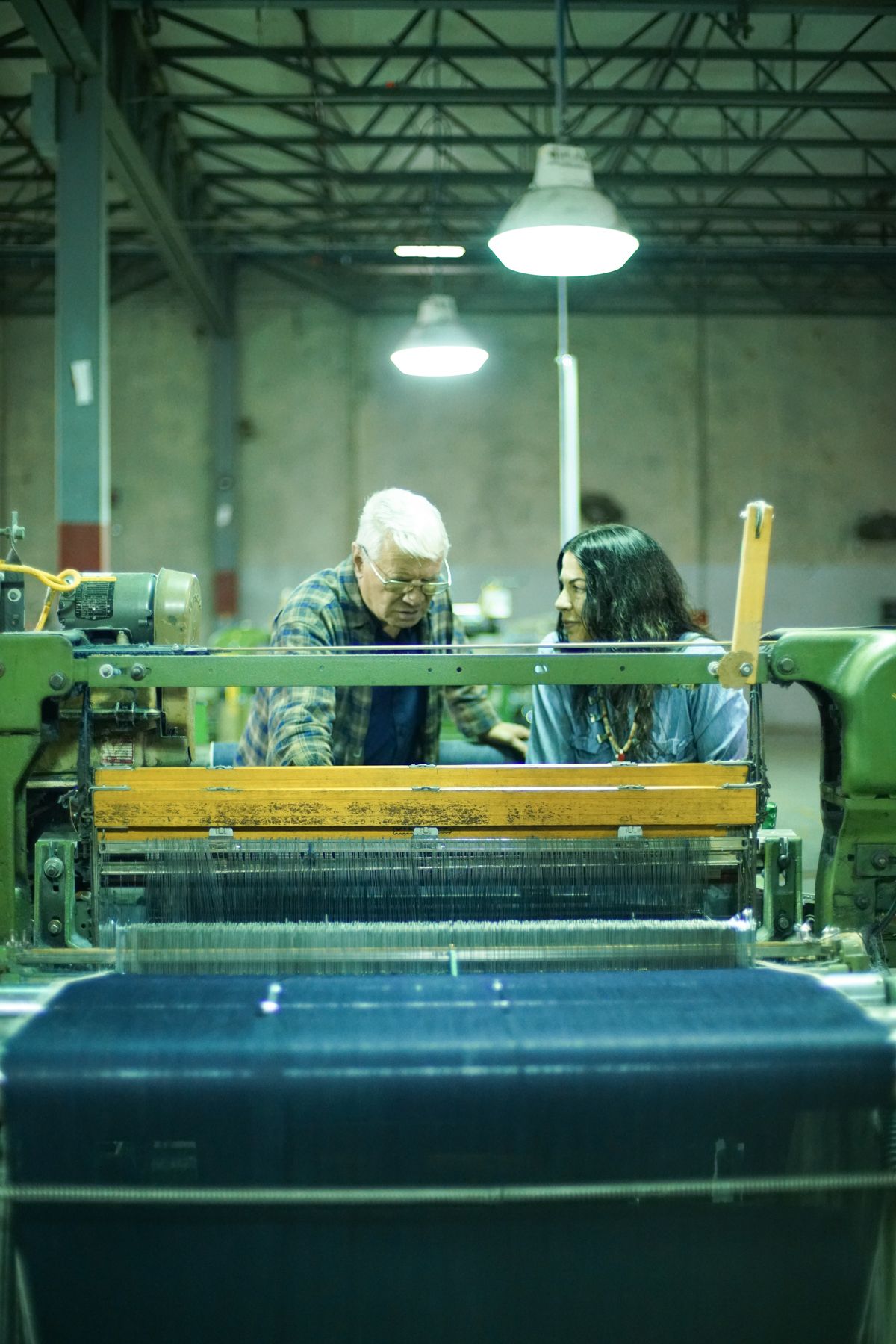
In the end, Vidalia acquired 46 of White Oak’s 47 Draper X3 looms — with the outlier going to the Greensboro Historical Society. Vidalia also imported some of White Oak’s former employees.
“We realized that without having the original engineers and the people that did know how to work the looms, we couldn’t do anything with them,” Goldstein says. “They would have just been paperweights — very expensive paperweights.”
Considering the lengths to which Goldstein and Vidalia have gone to save these looms, it’s worth asking why they were worth such trouble in the first place.
“They make denim that just can’t be duplicated,” Goldstein answers. “They make the most amazing denim fabric in the world because it was made in the old-fashioned way. It’s made the way that denim used to made, not with the new, fast looms where everybody’s trying to see how efficient they can be and how much denim they can push through in an hour.”
More specifically, Goldstein cites that it takes the Draper X3 looms more than two hours to make enough denim for a single pair of jeans. In contrast, modern air-jet looms require little more than five minutes.
Although it uses machinery that literally belongs in a museum, Vidalia is not operating like an American denim mill of the past. As part of its focus on sustainability, Vidalia relies on environmentally friendly e3 cotton grown within 500 miles of its facility. And once Vidalia’s 1.2 million-square-foot facility is fully operational, the brand will be able to produce jeans from start to finish.
“We’re going to be spinning yarns, dyeing yarns, weaving fabric, cutting and sewing jeans, and washing jeans,” Goldstein says.
Such a vertically integrated approach will also pay environmental dividends.
“The average pair of jeans that comes into the United States has 17,000 miles on it,” says Goldstein. “Meaning cotton comes to the United States, it goes to a mill someplace in the world, whether in Europe or in Asia, it gets woven into fabric, then that fabric goes to a different place to a cut-and-sew facility, then that jean comes back to the United States … Whereas Vidalia is literally doing everything under one roof.”
At full capacity, the mill plans to produce just seven million yards of denim a year (in comparison, Goldstein says that some denim mills produce as much as 20 million yards in a month). This deliberate cap is consistent with his desire to make Vidalia a highly specialized operation — the “craft brewer of denim,” if you will.
Goldstein describes Vidalia as still being in its “startup” phase, and says the facility is currently operating at just a “fraction” of its full manufacturing capacity. It currently employs 120 people, though he expects that number to grow four-fold.
Vidalia, which is currently producing medical masks, has had to contend with supply-chain issues and equipment delays related to coronavirus. But Goldstein believes the pandemic has also led to greater interest in American manufacturing. In addition, he sees evidence that brands have an increased desire to work with domestic makes who offer lower order minimums and reduced production timelines.
“Some of these brands don’t want to go out to big factories that have huge minimums and tremendous lead times, because it takes seven or eight weeks on a boat to get to us from China … they want smaller volumes, and they want to keep it closer to home. They don’t want to have to design eight months in advance.”
In contrast, Goldstein says that Vidalia could cut that time to just eight weeks. “With us, we’re all about speed to market,” he says.
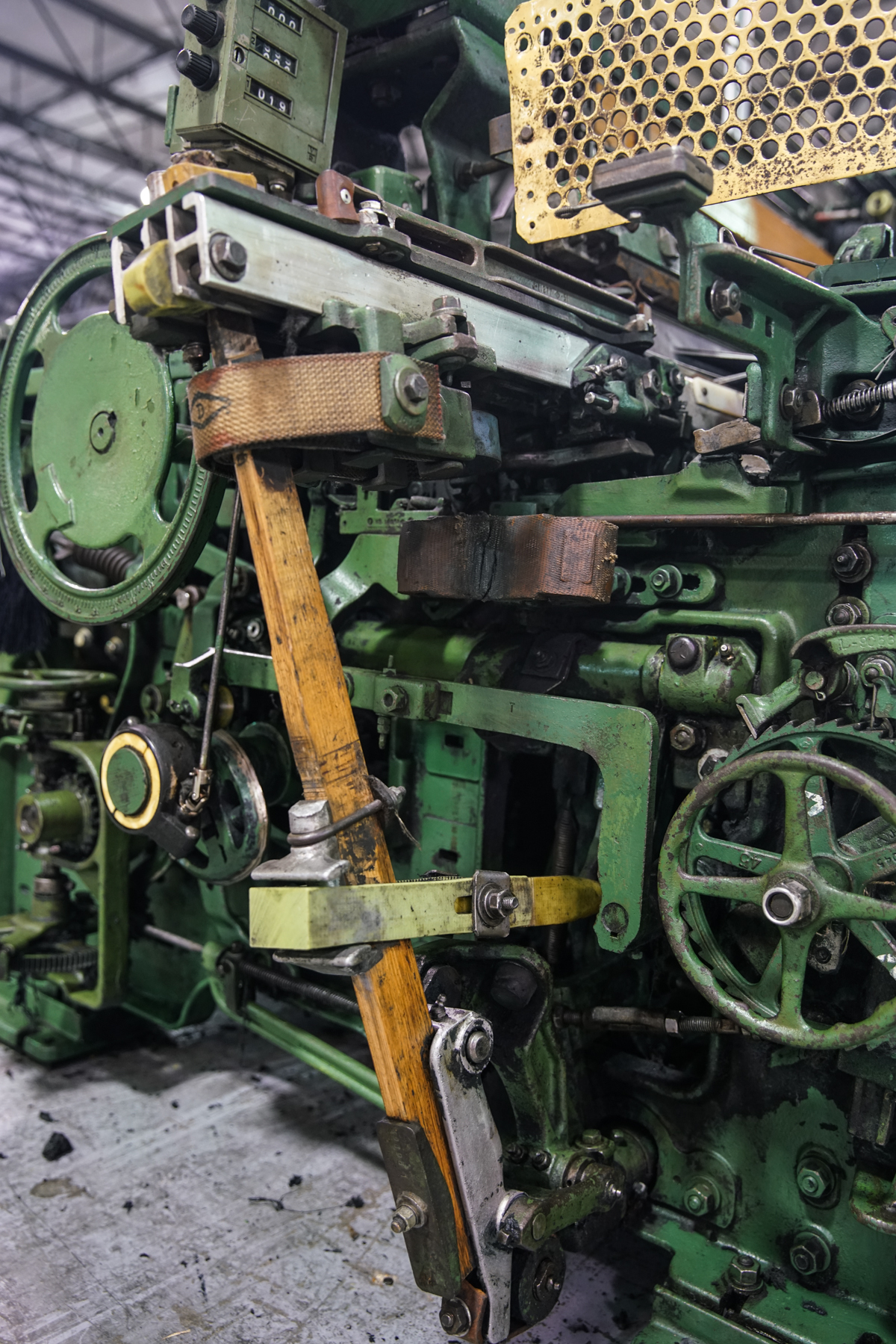
Assisting with that effort is an on-site design center Goldstein describes as a “think tank for the denim industry.” Within it, brands can rent space for full-time employees to develop product directly at the facility, and new and upcoming designers can get a hands-on education in denim production.
“You need to have technology,” Goldstein says. “And you need to stay relevant by engaging your customer, and that’s what we’re doing in a big way … We’re not making product and then trying to push it onto the brands. We’re working with the brands every step of the way.”
So far Vidalia has been manufacturing 9- to 14-oz. selvedge, and has already supplied denim to makers including Raleigh Denim, Imogene + Willie, Trinidad3, Left Field NYC and Todd Snyder. The mill also plans to make non-selvedge denim and sell yarn intended for use in shirts, sweatshirts, knits and home goods in the next few months.
It turns out that in order to save American selvedge, all it took was to do nearly everything differently than how it had ever been done before.
“We don’t want to just be another denim mill,” Goldstein says. “The industry and the world do not need another denim mill.”
This article appeared in an InsideHook newsletter. Sign up for free to get more on travel, wellness, style, drinking, and culture.
